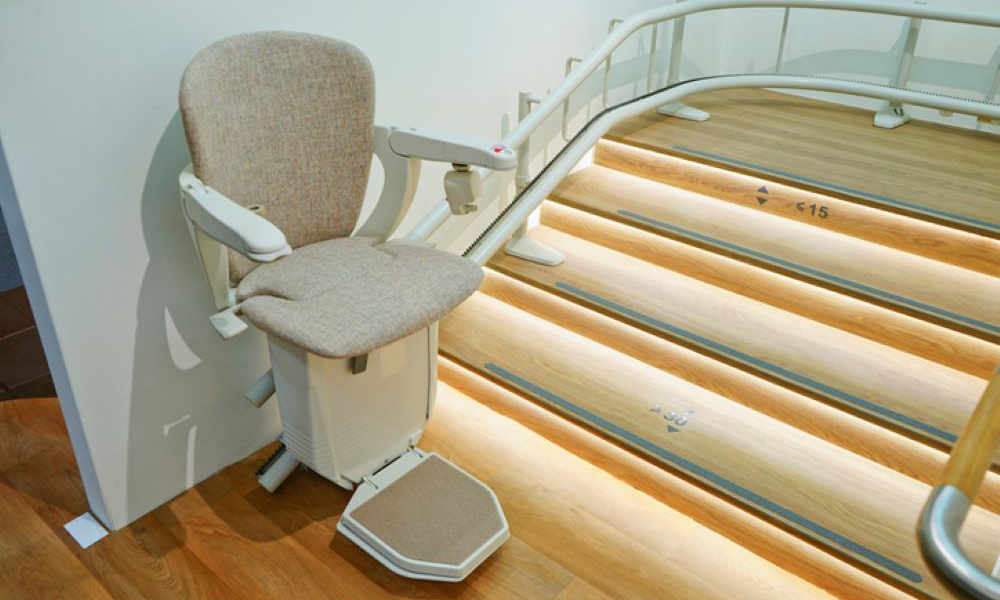Remote Monitoring and Adjustment Tools for Personalized Limb Care
Remote monitoring and adjustment technologies are changing how limb care is delivered, letting clinicians observe gait, fit, and function outside the clinic. These tools support ongoing rehabilitation, improve mobility outcomes, and enable individualized adjustments to sockets and bionic components.

Remote monitoring and adjustment tools are expanding options for personalized limb care by combining sensors, software and clinician oversight. Patients who use prosthetic limbs can now have gait patterns, socket pressures, and prosthesis performance tracked in everyday environments instead of relying only on periodic clinic visits. This continuous insight helps tailor rehabilitation programs, identify alignment or comfort issues early, and adjust assistive settings to maintain consistent mobility and function while preserving durability of components.
This article is for informational purposes only and should not be considered medical advice. Please consult a qualified healthcare professional for personalized guidance and treatment.
How does remote monitoring aid rehabilitation and mobility?
Remote systems capture objective data during daily activities that supplement traditional assessments. Wearable inertial sensors, pressure mats and activity logs can quantify steps, symmetry and activity levels to inform rehabilitation progress. Clinicians can review trends in mobility and adapt therapy plans, focusing time-limited interventions where progress stalls. For many amputees this means rehabilitation targets are based on real-world performance rather than snapshots in the clinic. Remote insights also support graduated training plans that improve endurance, balance and confidence in community settings.
Can bionics and biomechanics improve gait for an amputee?
Bionic components increasingly incorporate sensors and adaptive control that respond to gait biomechanics. Data streams such as joint angles and loading patterns help technicians tune dynamic responses to better match the user’s natural gait. For amputees, matching phase timing and resistance can reduce compensatory movements and improve long-term function. Remote monitoring enables iterative fine-tuning: changes to the prosthesis controller or alignment can be tested in daily life, and biomechanical metrics tracked to assess whether adjustments reduce asymmetry or joint strain without requiring frequent in-person fittings.
How do customfit sockets and alignment adjustments work?
Socket fit and prosthetic alignment remain central to comfort and function. Remote tools include pressure-sensing liners, temperature sensors and apps that let users report hotspots or slippage. Clinicians can review socket pressure maps remotely to identify areas of high load that may cause skin irritation. Alignment changes can be proposed based on recorded gait deviations and then implemented during a scheduled service visit or, for modular systems, altered via remote-configurable components. This approach aims to shorten the time between problem detection and resolution and to achieve a more precise customfit for daily use.
How are comfort and durability assessed remotely?
Comfort is subjective but can be correlated with objective data like pressure peaks, movement variability and usage patterns. Remote monitoring detects sudden drops in wear time or recurring pressure spikes that indicate discomfort or a failing component. Durability monitoring uses usage counts, impact events and environmental exposure logs to predict wear on feet, pylons and sockets. Tracking these metrics allows clinicians and technicians to schedule maintenance before breakdowns occur and to recommend component upgrades or changes in materials to extend service life while preserving comfort.
What assistive tools enable remote adjustment and care?
Assistive tools range from simple mobile apps for symptom reporting to advanced telehealth platforms that stream sensor data. Bluetooth-enabled microprocessors, adjustable ankles and socket inserts can be reprogrammed or re-calibrated by clinicians based on remote assessments. Video consultations combined with sensor telematics let professionals observe functional tasks, advise on adjustments, and instruct users or local providers to make mechanical changes. These assistive systems emphasize collaborative care among prosthetists, physical therapists and patients to maintain consistent function across settings.
How is data shared with clinicians while protecting privacy?
Effective remote care depends on timely data access, but privacy and security are essential. Platforms should use encrypted transmission, role-based access controls and clear consent procedures so users understand what is collected and who can see it. Data ownership and retention policies must be transparent, and clinicians should anonymize aggregate datasets when used for research. Secure sharing enables multidisciplinary teams to collaborate on adjustments while respecting patient preferences and regulatory requirements for health data protection.
In summary, remote monitoring and adjustment tools offer a structured way to personalize limb care by combining objective data with clinician expertise. When integrated into rehabilitation pathways, these technologies can enhance mobility, support bionic and biomechanical tuning, improve socket fit and comfort, and anticipate durability needs. As systems and standards evolve, ongoing collaboration between users, clinicians and manufacturers will determine how remote practices best complement in-person care.






